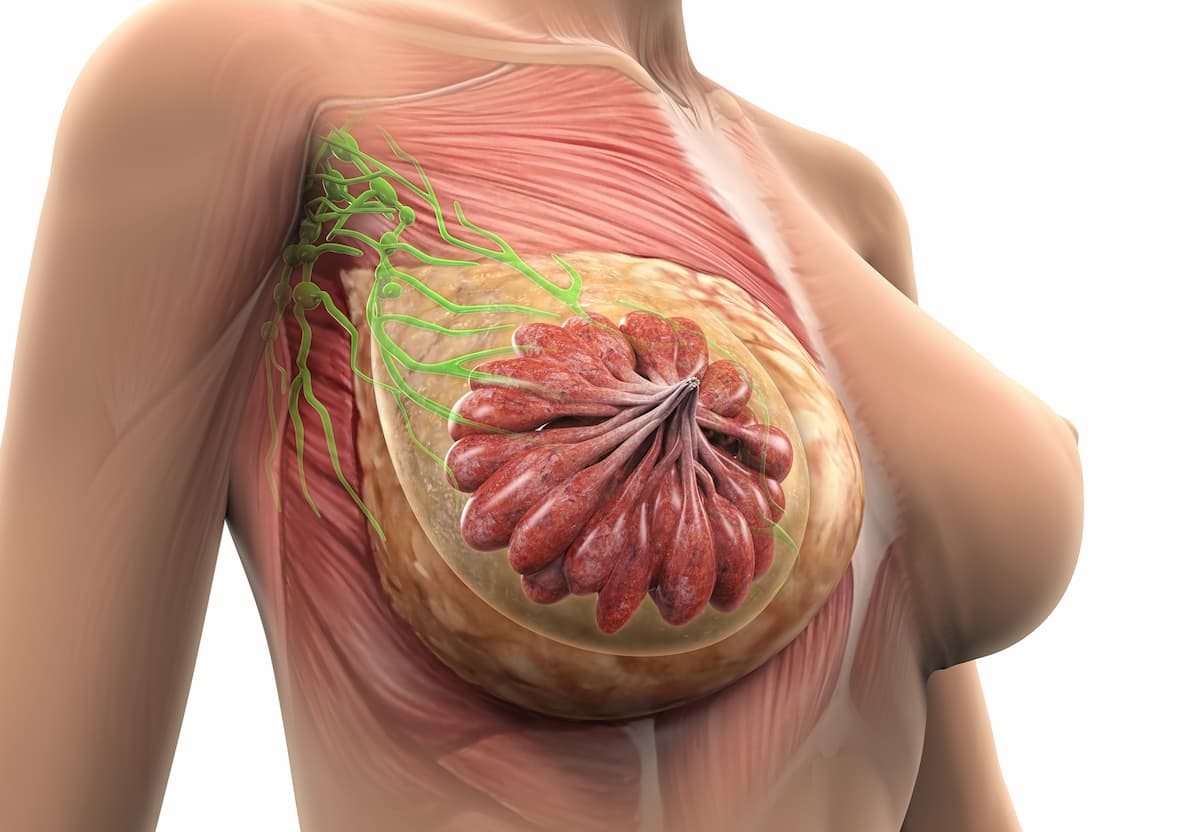Neoadjuvant ET And De-Escalated Chemotherapy Lead to ‘Exceptionally Excellent’ Survival in HR+/HER+ Early Breast Cancer
Neoadjuvant endocrine therapy or paclitaxel with trastuzumab/pertuzumab elicited significant survival in HR-positive, HER2-positive early breast cancer.
“If neoadjuvant treatment is guided by early pCR, and we use both de-escalated treatments, early pCR rates but not survival rates are lower with endocrine treatment plus double blockade and only initial tumor burden, but not therapy, are predictive [factors] for event-free survival," according to Oleg Gluz, MD.

Neoadjuvant endocrine therapy (ET) or chemotherapy (CT) plus trastuzumab (Herceptin) with pertuzumab (Perjeta) (T+P) followed by adjuvant pathological complete response (pCR)-guided CT and adjuvant T+P and ET showed “exceptionally excellent” survival outcomes among patients with hormone-receptor (HR)-positive, HER2-positive early breast cancer (EBC), according to study findings presented at the 2024 European Society for Medical Oncology Congress (ESMO).
“In HR-positive, HER2-positive disease, [a] short 12 weeks [of] de-escalated neoadjuvant treatment endocrine therapy or paclitaxel [chemotherapy], plus double blockade [treatment with T+P when] continued for one year offers a safe opportunity for chemotherapy de-escalation,” Oleg Gluz, MD, of West German Study Group and Breast Center Niederrhein at the Johanniter Bethesda Clinics, in Mönchengladbach, Germany, said in a presentation of the study’s findings at the meeting.
In the multicenter, randomized phase 2 WSG-TP II trial (NCT03272477), 207 patients with centrally confirmed HR-positive/HER2-positive (ER and/or PR>1%) EBC stages I to III were allocated to 12 weeks of neoadjuvant standard ET (n = 100) vs paclitaxel (Pac) (n = 107) weekly plus T+P followed by standard ET for a minimum of 5 years and T+P for 1 year, with or without adjuvant chemotherapy.
The WSG-TP II trial, Gluz said, is the first prospective survival comparison for ET plus T+P compared with a CT-based regimen in patients with HER2+/HR+ EBC.
In the ET arm, the median patient age was 52 (range 26-83 years), while 63% of patients had stage II or higher disease and 68% were clinical node negative. In the CT arm, the median patient age was 54 (25-79 years), while 54% had stage II or higher disease and 76% were clinical node negative.
The primary endpoint was omission of further adjuvant CT was recommended in all patients who achieved pCR; (neo) adjuvant chemotherapy recommended in all patients with non-pCR. Secondary endpoints of the trial included event-free survival (EFS), invasive disease-free survival (IDFS), distant disease-free survival (DFS), and overall survival (OS).
In the ET arm, 29% of patients received no chemotherapy during the trial, and 60% of patients in the chemotherapy-containing arm received only 12 weeks of neoadjuvant chemotherapy, Gluz said. Additionally, safety was superior in the ET-containing arm and quality of life was maintained, he stated during his presentation.
At a median follow-up of 60 months, the 5-year EFS rates of ET vs CT plus T+P were 92.1% vs 94.8% (HR,1.29; 95% CI, 0.26%-2.32%; P = .65), respectively. Of 13 EFS events, 1 vs 4 were distant relapses or deaths as the first event in the ET vs CT arms. In addition, 5-year OS rates were 100% vs 97.9%, respectively.
Positive cN+ status was the only factor significantly associated with worse EFS by multivariable analysis, and additional CT after pCR was not associated with significant survival impact, Gluz stated.
“Both treatment arms demonstrate excellent outcomes in HR-positive/HER2-positive disease,” Gluz said in his presentation of the findings. “If neoadjuvant treatment is guided by early pCR, and we use both de-escalated treatments, early pCR rates but not survival rates are lower with endocrine treatment plus double blockade and only initial tumor burden, but not therapy, are predictive [factors] for event-free survival.”
Reference
Gluz O, Nitz UA, Christgen M et al. Survival outcome of neoadjuvant endocrine therapy + trastuzumab and pertuzumab (ET+T+P) vs. de-escalated chemotherapy (CT)+T+P in hormone receptor positive (HR+)/HER2+ early breast cancer (EBC): WSG-TP-II trial. Presented at: 2024 ESMO Congress; September 13-17, 2024; Barcelona, Spain. Abstract LBA17.
Gedatolisib Combo With/Without Palbociclib May Be New SOC in PIK3CA Wild-Type Breast Cancer
December 21st 2025“VIKTORIA-1 is the first study to demonstrate a statistically significant and clinically meaningful improvement in PFS with PAM inhibition in patients with PIK3CA wild-type disease, all of whom received prior CDK4/6 inhibition,” said Barbara Pistilli, MD.